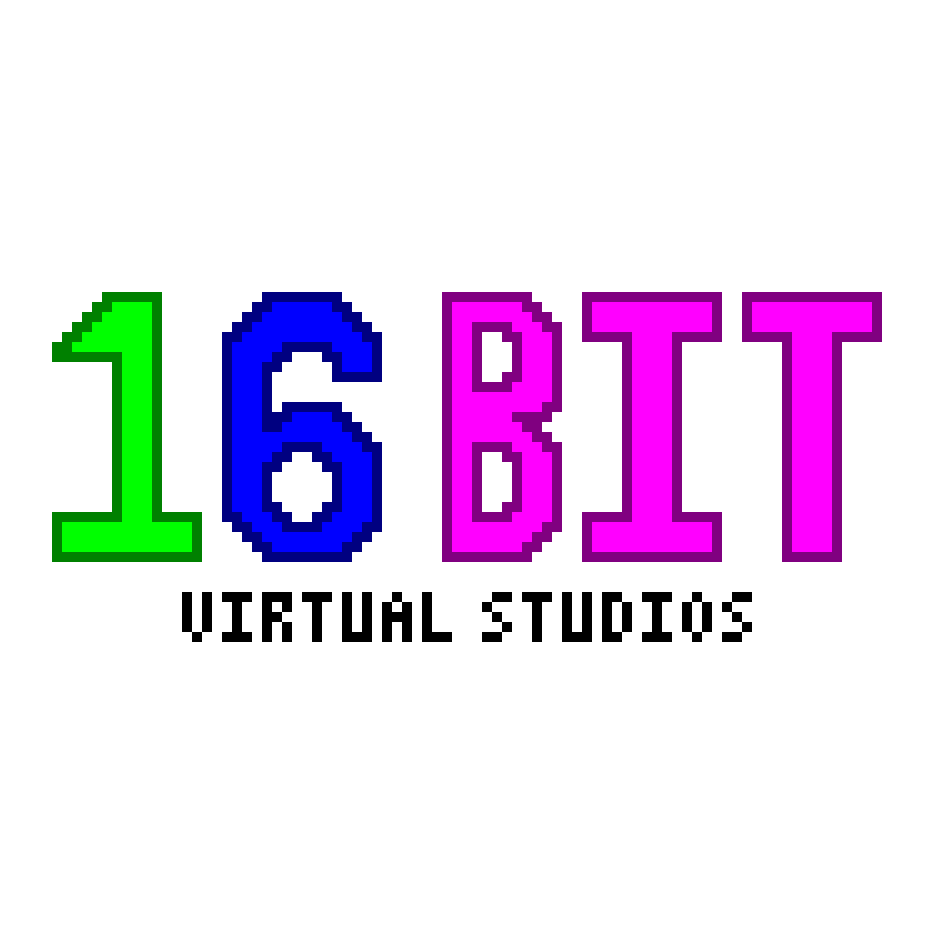I’m looking to buy an intermediate level printer to upgrade from a MK2, and I’m deciding between a P1S vs a MK4.
I have never considered getting anything other than a Prusa, since I’ve had such good experiences using mine, however I heard that recently they’ve switched away from their open source model(?)
That and being made in the EU was the main differentiating factor for me, however I do hear really good things about Bambu printers.
Does anyone have experience with either?
Edit: Found a lot of the information I was looking for here: https://lemmy.world/post/9500502
I mulled between the X1c and the MK4.
I have an X1C, but the hardware is the same as the P1S minus the Hardened Extruder/Nozzle which can be upgrade on the P1S. The only thing different is the Bed temp is limited to 110 and no LIDAR.
The X1C is a click and go machine requiring little to no user meddling as far as bed leveling goes. Profiles built-in are OK and you can get community tuned profiles for many different filaments that work even better.
The AMS was the winning factor for me. The purge/pooping can be tuned to produce as little waste as possible. That is the nature of the AMS on Bambu, this is no different then the MMU on the Prusa. The AMS can act as drybox. The downsides of the AMS being you can’t really run non-bambu abrasives and TPU. Certain spools don’t fit in the stock AMS tray, but there is a printed mod called the Hydra Pro that lets you fit bigger spools.
Obviously, the closed vs open source debate is a matter of preference, and if you don’t care about that this is a not really concern or a point to mention. I wish I researched this matter more carefully before I bought it and tried to connect it to Octoprint (no usb port). Also there is no Ethernet, only 2.4 ghz wifi. X1E has Ethernet, but that thing is a scam for businesses and schools requiring Ethernet.
You can run the Bambu in LAN mode which means no cloud is involved at all and you can send your print jobs to the printer from the slicer. The only downsides is losing mobile app access, and you MUST connect the device to the cloud to get firmware update, which you can bring back to LAN mode afterwards.
The bambu is a much faster printer even on the stock hotend, you can upgrade to a CHT clone hotend or the E3D nozzle to push even further flow rates. The hardware is fully capable of running at about 35-ish mm^3 before the 45W heater can’t keep up.
The biggest complaint about the printer was how loud the stepper motors were and now that P1 series get the active motor noise cancelling, it is very silent. The fan noises are the same since you need more cooling when going faster. I print ASA/PETG/PC on this printer so they don’t need much cooling at all and runs practically silent. You can always print slower on PLA and reduce the fan speeds.
Get the printer for you needs. MK4 would have prob been fine for me too if I didn’t want to wait months for it. I am building Voron Trident to fill my needs for a bigger print bed.
Edit: I forgot to mention the repairability of the printer. CoreXY machines are more complicated then bed-slingers. Most parts are replaceable on the X1/P1 with OK documentation. The XY Gantry is a single piece. The front idlers are PERMANENTLY glued. Repairing the printer is a more of a hassle on the Bambu due to how it is was constructed. I think Prusa wins in this category.
I would personally never buy a Bambu printer due to their closed source products and questionable cloud software design decisions. Plus the AMS is just irresponsibly stupid with the amount of filament waste it generates. Printing in multiple materials for pragmatic purposes is one thing… Assemblies with two types of plastic, dissolvable supports, that kind of stuff. But if you need your model to be multicolored, just friggin’ paint it without spending more material on waste than made it into the model.
And if you don’t want to overpay for a Prusa, check out the current gen 3 Qidi machines. I know I keep harping on them and I have no affiliation other than owning two myself (that I bought with my own money) but it has Bambu-like CoreXY performance at a fraction of the cost and the firmware is technically open source, running a modified version of Klipper.
The X-Plus 3 is comparable in raw performance with the Bambu P1S (minus the AMS capability) but is just shy of $100 cheaper, and has a build volume a couple of millimeters larger.
How do you like the Qidi? Sorry I’ve been neglecting this group for a while if you’ve been “harping” on them… I saw a couple reviews and they looked interesting
So far so good.
I have two, an “old” original generation X-Plus and a new X-Max 3. I missed out on the 2nd generation.
The X-Max 3 is: enormous, heavy, very capable, and very fast.
It has a couple of things about it I don’t like, but they’re not the end of the world. For instance, it comes with a filament feeding dry box, but the location where it mounts to the printer is astoundingly stupid (on the back, where you can’t easily access it to change filaments). I just feed it from a heated filament dryer box off to the side, connected with about 10" of Capricorn tubing instead. It came with a dumb build plate that’s textured the same on both sides, so I had to buy a flat sided build plate for it. Other than that it needed nothing out of the box except to set the Z offset and let it run its little initialization song-and-dance, and to put filament in it. Oh, and it didn’t come with the internal camera even though Qidi makes one purpose built for it, which is only $40. Seems to me it wouldn’t have broken the bank for them to include that in the box.
Apparently the first batch of the generation 3 models had plastic baseplates and some cooling design issues that caused problems, but Qidi figured it out pretty quickly and rectified these. Going so far as, I understand, sending some owners entirely new printers.
I wrote a whole long post about my X-Max 3 in this community not too long ago. It probably hasn’t fallen off the first page yet.
My old X-Plus was a workhorse and printed many silly things for me. It still works flawlessly and has eaten no parts other than a few nozzles. I still have it, but I put the new printer in its spot and I haven’t figured out what to do with the smaller, older, slower printer yet.
If you are looking for an opinion on the MK4, I’ve had one since August.
The printer itself is fantastic, but I have gripes.
The auto bed leveling isn’t perfect, it tried to destroy my print bed at least once. But with new firmware it hasn’t happened since.
The swappable nozzles are great but way too fiddly to remove. Love how clean the process is though.
GUI and interface as a little slow. Wished they gave it more power, or less to draw.
Bed leveling can leave drops of filament on the bed.
But all of this is just gripes. I have very happy with my purchase and would buy another if the need arises.
It kinda blows my mind that the bed leveling calibration is still doing that. I have a modified MK3S printer profile setup in Prusa slicer to keep the temperature below the oozing point (usually 180C works) until after the process because of this.
The nozzle temp is 170 by default and it does it.
Just edit your start g-code to use a colder temperature. I don’t have a Mk4, just a mk3s+. I use a temperature of 160C for the start routine to prevent any dribbles from happening.
That’s odd. Could be something with the filament maybe?
My Mk4 is great. Orders of magnitude better than my Mk3. I hate lazily stolen or copied tech. I also hate always online devices. And I do not trust China or Chinese companies with literally any data. So supporting Prusa is a very easy decision for me.
I’m the same way. All my smart devices are on their own VLAN with no WAN access (egress or ingress). Does Bambu require that?
Yeah… Bambu is required to be connected to the internet. You interact with the printer via their cloud service.
Ahahahah. That’s hilarious 😂. Well that makes the choice easy, thanks.
Bambu is required to be connected to the internet
There is a LAN mode.
https://wiki.bambulab.com/en/knowledge-sharing/enable-lan-mode
Having finally seen a Prusa in action, I would have to say they’re both great printers (I have a p1p that I upgraded to a p1s). I understand the arguments against Bambu, but honestly if you’re not printing anything overtly illegal or truly creating things you plan on copyrighting, you’re fine, and if you are that paranoid, you can remove the tape behind the front faceplate and simply unplug the wifi antenna and just print from the SD card, just save in .3mf
Think of the two as Android (Prusa) vs Apple (Bambu). Both will do the job just fine, just depends on which ecosystem you prefer.
Both are capable, but the biggest difference is open source (Prusa) vs Closed source (Bambu).
I much prefer the open source projects over proprietary projects, so the Prusa is a no brainer for me. But if that is not something that matters, then both are solid options.
Firmware is closed, yes. Bambu’s slicer is just a skinned version of Prusaslicer though. Which, tbh, is kind of scummy lol.
At some point I’ll take the Voron plunge, but for now I’ll just watch my p1s shake all over the place on its silly rubber feet 😂
Voron seems to be a project in itself haha.
I know that bambu slicer is a reskin of prusa slicer, but it feels a bit janky.
We have a bambu p1p at work and it’s a good machine, but I am not a fan of closed machines because you depend on the manufacturer to get the part to service your machine.
At least with a prusa I know I can find parts from other suppliers if needed
I think it’s “Ze German” in me that wants to build a printer from scratch lol. That, and 350x350 core xy sounds like fun. I need to have at least three unfinished projects going at once to feel sane 🤣
The biggest difference between the two is CoreXY vs CoreXZ. CoreXZ printers like Prusa MK4 are useless in my opinion. Constant bed side to side movement causes your model to vibrate and this vibration amplitude increases with every layer. That means you either have to print everything very slowly or limit yourself to very short models. You’re also missing out on cooling performance.
If you’re looking for an actual upgrade, I’d recommend looking away from bed slingers. Please note that I’m not saying that you should buy any Bambu products, just don’t buy bed slingers.





